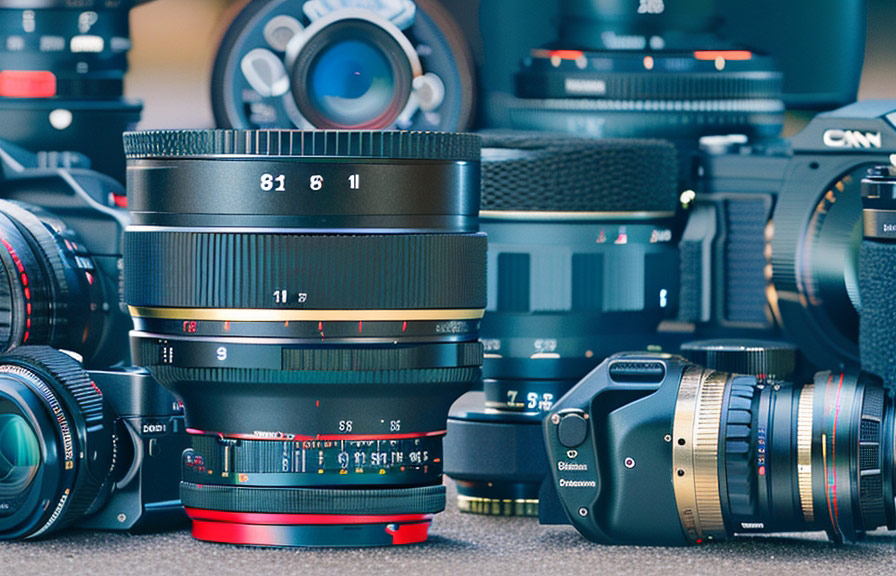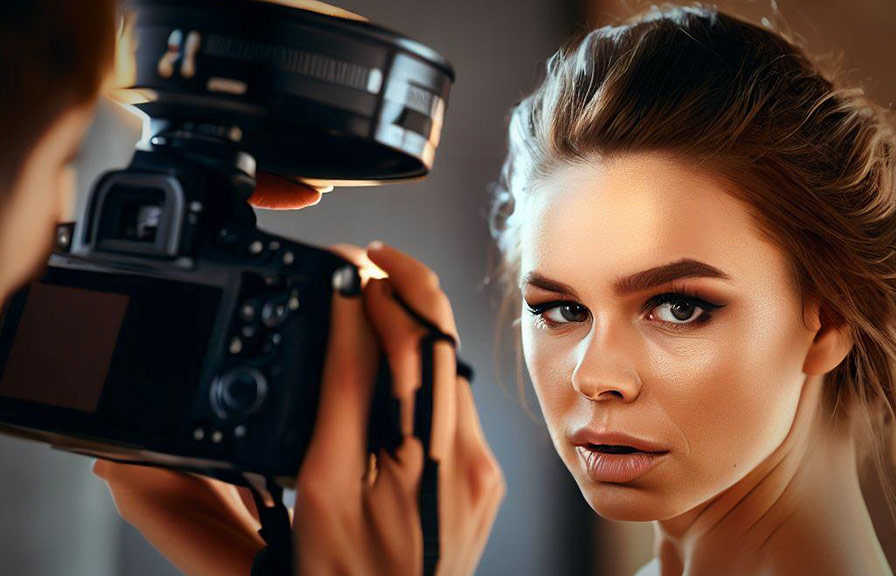Did you know that the first portrait photograph ever taken dates back to 1839? it was a self-portrait by robert cornelius, an american pioneer in photography. since then, portrait photography has come a long way, and so has the technology behind it.
In the post, we'll dive into the world of portrait photography and explore the best cameras and lenses to help you capture stunning and flattering images of your subjects. plus, we'll share some tips on how to pose your subjects to create truly captivating portraits.

The best cameras for portrait photography
When it comes to selecting the perfect camera for portrait photography, there are a few key factors to consider, such as image quality, autofocus performance, and ease of use. here are our top picks for the best cameras that excel in these areas:
1. Canon eos r5: canon's flagship mirrorless camera offers a 45-megapixel full-frame sensor, superb autofocus performance, and excellent image stabilization. it's a fantastic choice for professional portrait photographers.
2. Nikon z7 ii: this mirrorless camera features a 45.7-megapixel full-frame sensor, 493 autofocus points, and a wide iso range of 64-25600. it's a great option for portrait photography in various lighting conditions.
3. Sony a7r iv: with a massive 61-megapixel full-frame sensor, this mirrorless camera delivers outstanding image quality and detail. its advanced autofocus system ensures sharp focus on your subjects every time.
4. Fujifilm gfx 100: if you're looking for a medium format camera for portrait photography, the fujifilm gfx 100 is an excellent choice. its 102-megapixel sensor delivers stunning image quality and detail that's hard to match.
5. Canon eos 5d mark iv: this dslr camera is a popular choice among portrait photographers, thanks to its 30.4-megapixel full-frame sensor, 61 autofocus points, and excellent image quality.
The best lenses for portrait photography
The right lens can make a world of difference in portrait photography. here are our top picks for the best lenses to help you capture beautiful and flattering portraits:
1. Canon rf 85mm f/1.2l usm: this prime lens offers an ideal focal length for portrait photography and a wide aperture for stunning bokeh. it's designed for canon's mirrorless system and delivers exceptional image quality.
2. Nikon z 85mm f/1.8 s: another excellent prime lens for portrait photography, the nikon z 85mm f/1.8 s lens offers a fast aperture and sharp image quality. it's compatible with nikon's z-series mirrorless cameras.
3. Sony fe 85mm f/1.4 gm: this lens is part of sony's g master series and is designed for their full-frame mirrorless cameras. its 85mm focal length and wide f/1.4 aperture make it perfect for portrait photography.
4. Fujifilm gf 110mm f/2 r lm wr: for those using the fujifilm gfx medium format system, the gf 110mm f/2 r lm wr lens is an excellent choice for portrait photography. its 110mm focal length and f/2 aperture create stunning bokeh and separation between your subject and the
Background.
How to pose your subjects for portrait photography
Posing your subjects is an essential aspect of portrait photography, as it can greatly impact the overall look and feel of your images. here are some tips to help you guide your subjects into flattering poses:
1. Establish rapport: before you start posing your subjects, take the time to get to know them and build a connection. this will help them feel more comfortable and relaxed in front of the camera, leading to more natural and genuine expressions.
2. Encourage natural posture: ask your subjects to stand or sit in a comfortable position and then make small adjustments to their posture as needed. avoid stiff or forced poses, which can look unnatural and unflattering.
3. Use angles: experiment with different angles to find the most flattering perspective for your subject. shooting from slightly above eye level can be especially flattering, as it tends to elongate the neck and minimize any double chin.
4. Guide your subject's gaze: the direction of your subject's eyes can have a significant impact on the mood of your portrait. direct your subject's gaze off-camera for a more introspective look or have them look directly into the lens for a more engaging and intimate feel.
5. Incorporate props: props can help your subjects feel more at ease and give them somethingto interact with. this can lead to more natural and dynamic poses.
To sum up, capturing stunning and flattering portrait photos involves a combination of the right camera and lens, as well as skillful posing techniques. by investing in high-quality equipment and taking the time toguide your subjects into natural and flattering poses, you'll be well on your way to creating captivating
Portrait photographs that stand the test of time.
A little-known fact about portrait photography
Here's a fun fact you might not have heard before: the famous afghan girl portrait, captured by steve mccurry and featured on the cover of national geographic in june 1985, was shot using a nikon fm2 film camera with a 105mm f/2.5 ai-s lens.
This iconic image is a testament to the power of portrait photography and the impact it can have on viewers around the world.
So, whether you're a professional photographer looking to upgrade your gear or an aspiring portrait artist eager to learn the ropes, remember that the right combination of equipment, technique, and creativity can lead to truly unforgettable images that capture the essence of your subjects.
Happy shooting!
